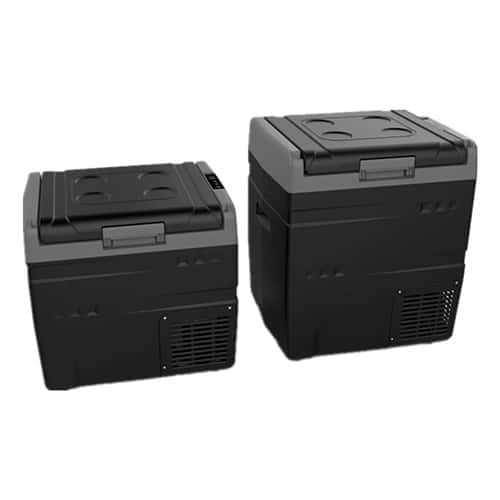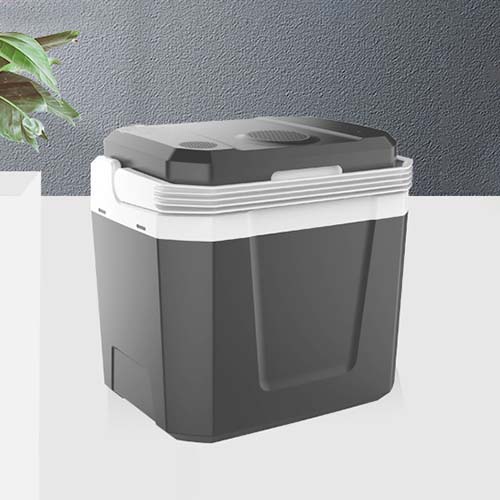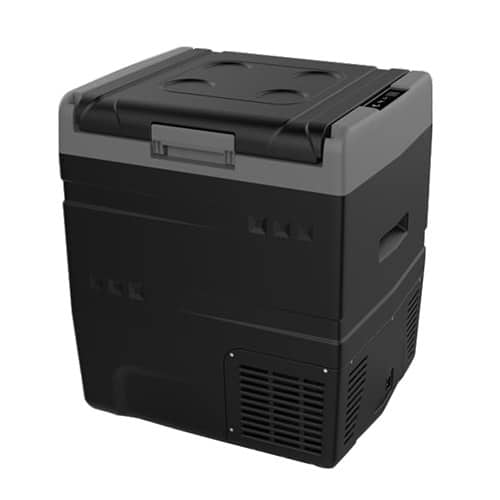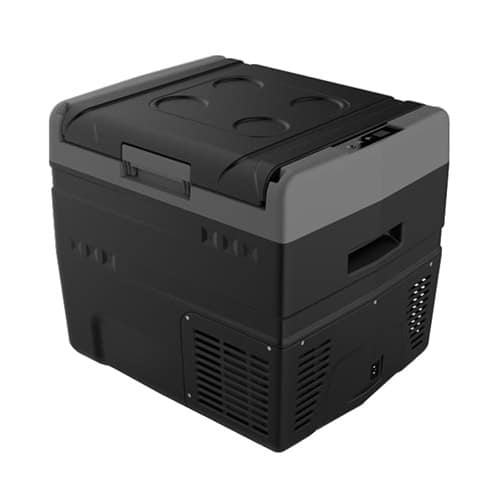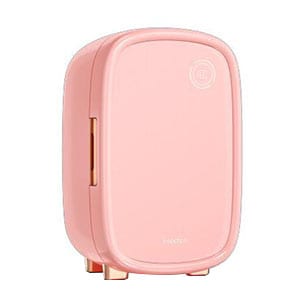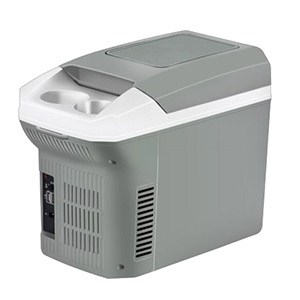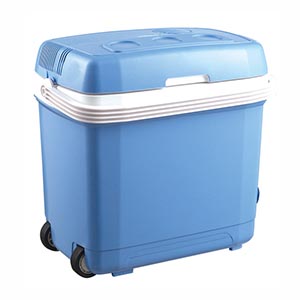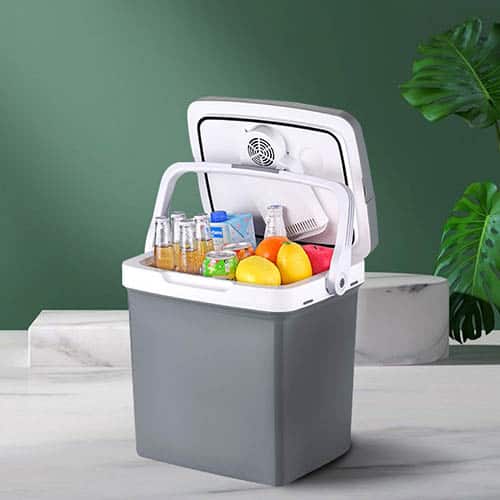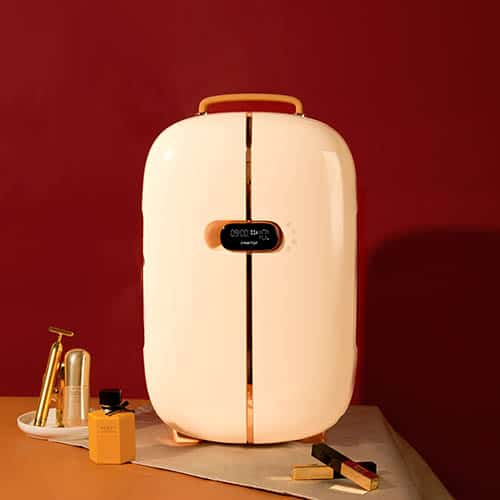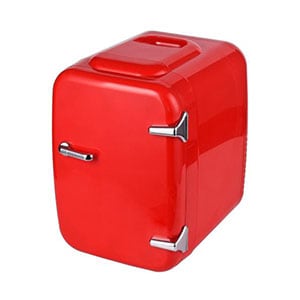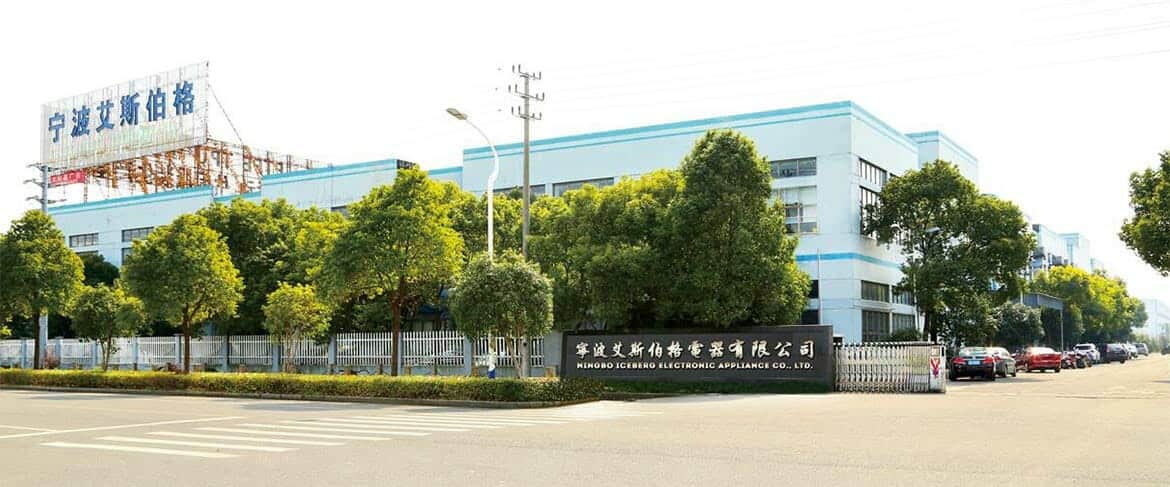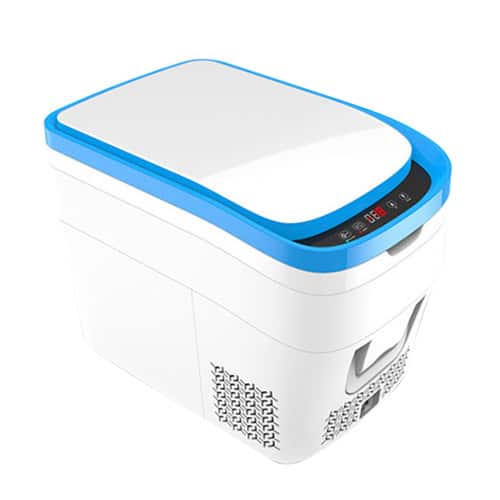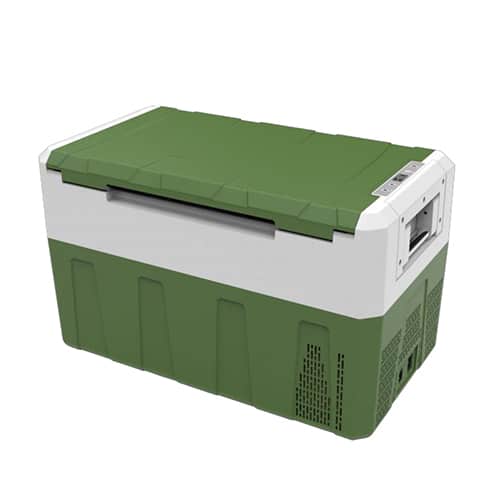While achieving the same basic refrigeration cooling goal, a compressor based refrigeration appliance and a thermoelectric based refrigeration appliance are vastly different in how they operate. There are pros and cons to both styles of units and a variety of factors that will impact your decision to purchase one vs the other. Regardless, it is important to understand that main technical differences.
Compressor Based Refrigeration Appliances
A compressor based system is typically comprised of four main parts: the compressor, the condenser, the expansion valve and the evaporator. Additionally, certain models may also come equipped with fans, which circulate the air and allow for even cooling. The compressor’s job is to pressurize the gas, while the condenser radiates heat into the environment. Once the refrigerant hits the expansion valve, its pressure is reduced, which turns it into liquid form. Finally, the evaporator absorbs heat from the air, resulting in the cold air that is used to properly cool the content of your refrigeration appliance.
Thermoelectric Refrigeration Appliances
These units operate based off of two pieces of metal that are fused together, with each side being made of different materials. These are typically referred to as ‘cooling nodes’. Essentially, one side of the joined metal gets hot, while another gets cold as an electric current is sent through them. The hot side is basically a heat sink, allowing heat to pass through and dissipate on its own.
These devices are based off of what is known as the Peltier effect, and while there don’t have to be any moving parts involved, interior and exterior fans are typically used to help increase air circulation, as well as ventilation. An internal fan will circulate cool air inside of the refrigeration cabinet, while an external fan will help dissipate heat outside of the unit.

